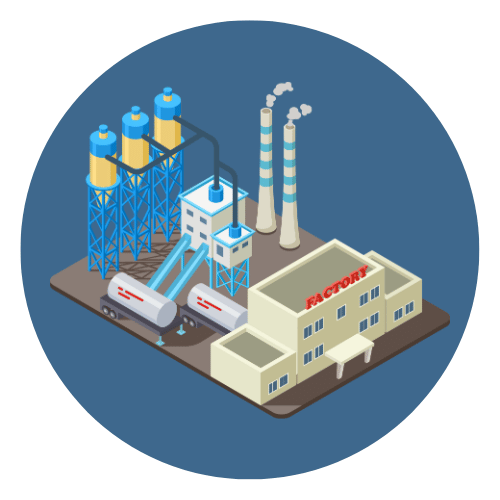Convert MPa to Pa
Result:
In the world of engineering, manufacturing, and science, understanding and accurately measuring pressure is crucial for safety, efficiency, and precision. Pressure, defined as the force applied perpendicular to the surface of an object per unit area over which that force is distributed, is commonly measured in pascals (Pa), the SI unit of pressure. This unit, however, often appears in various magnitudes, including megapascals (MPa), especially when dealing with high-pressure scenarios.
Megapascals and pascals provide the metrics necessary to navigate complex systems, from hydraulic machinery to material testing, where accurate pressure readings can determine the success or failure of an engineering project or an experimental analysis. Converting between these units is not only common but essential for professionals who need to interpret and communicate data effectively across different scales and applications.
In this article, we will explore the definitions of megapascals and pascals, understand their uses, and provide a simple guide on how to convert from MPa to Pa. This conversion is fundamental in ensuring that specifications are met and that systems operate within safe parameters in various industrial applications.



 Automation System
Automation System  Energy Engineeing
Energy Engineeing  Instrumentation System
Instrumentation System  Mechanical Engineeing
Mechanical Engineeing  Piping Technologies
Piping Technologies  Transportations
Transportations  Manufacturing
Manufacturing  Training Material
Training Material 









